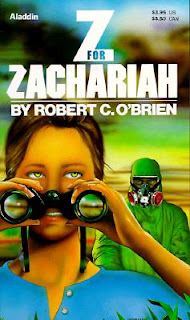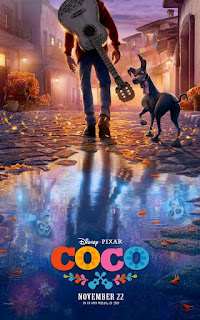Beauty and the Beast: A Review of the Original Fairy Tale
I recently tracked down a copy of the original Beauty and the Beast by Gabrielle-Suzanne Barbot de Villeneuve. Previously, I'd only read Beaumont's abridged adaptation of this story, as it's much shorter and easier to anthologize. Since this was my first time encountering the original of my favorite fairy tale, I thought I'd talk about what this version has that I've not seen in other adaptations.
- Brothers: Beauty has brothers as well as sisters, and true to fairy tale form, her brothers are kind and understanding people while her sisters (in contrast to Beauty) are vain and materialistic. I had seen or read adaptations that included the sisters before (Robin McKinley's Beauty, the French film La Belle et la Bete) but I hadn't seen brothers before, and their presence reminded me of the relationship between the heroine and her brothers in "The Wild Swans" (or "The Seven Ravens" or "The Six Swans"). I wish more retellings would include this aspect of the story.
I did discover an animated version and a musical live action film from the '80s that both included brothers to varying degrees of faithfulness, but the animated version is not readily available in good quality and the musical must be rented via Amazon, so I'll have to withhold judgment on those for now.
- Fairies. Fairies everywhere: In most versions of "Beauty and the Beast" you come across, there is one fairy/enchantress -- the one who curses the Beast. In Villeneuve's version, there are three, count them three, prominent fairies and a full measure of lesser fairies mentioned or implied. The first fairy is the one who curses the Beast, the second is a benefactress of the Beast's family who (like the fairies of Sleeping Beauty) works against the curse to bring about the happy ending, and the third is Beauty's own mother, imprisoned by the fairy congress for having the audacity to love a human king. The fairies here generally remind me of the Blue Fairy (or the Lady with Turquoise Hair) from the original Pinocchio.
I was very pleased by this assortment of fairies since my retelling "Paper and (T)Horns" has some fairy family history involved as well.
- The nature of the Beast's offense: most versions I've come across (that I can recall, at least) tend to make the Beast a spoiled prince who offends a fairy/sorceress in a way that justifies her curse. He breaks a social rule by refusing shelter or his family as a whole becomes degraded like the royal family of Charn to the point a curse is all that will set things right. Villeneuve does not have such an offense. Instead, she has the prince refuse to marry the fairy who (in addition to being old and ugly) has till this point been his governess and legal guardian. Her reaction is very much one of vanity and spite. She attempts to make the prince feel rejected and unwanted.
It's interesting to me that the prince's greatest challenge is not overcoming his vanity, but in learning to trust the good fairy's guidance and be viewed as such an ignorant person. Beauty's greatest objection to him as Beast is not his appearance, but his apparent stupidity, which she later admits was a foolish appraisal of the Beast's conversation.
One major difference that I'm conflicted about is the extended history of Beauty and Beast's families (including everything to do with the fairies and the curse) which makes up the latter half of the tale. The traditional ending for the story is the breaking of the curse and the marriage of Beauty and the prince. Villeneuve uses this point instead to spend just as long (or longer) providing what would serve in modern stories as backstory. I appreciate seeing all of this in play, but it was difficult to remain interested in what felt like an extended flashback coming just before the I dos. That being said, I want more retellings with this level of backstory involved, if only they'll spread it out through the story.
If you haven't read this version, I recommend reading it at least once to get a different take on a story that we all know. You should be able to find a free or inexpensive version for Kindle.



I love the original versions and the revsions (provided the revisions are done well) of Beauty and the Beast. Of some fairy tales, such as Snow White and Sleeping Beauty, I prefer the revised version cause the original versions are so screwed up in the morals of the leads.
ReplyDeleteBut Beauty is one of those tales that is great in both original and revised versions. I must say I didn't know about the brothers though.
Oh, yes, the originals of some fairy tales just make you scratch your head and wonder why this was a popular tale.
Delete"Beauty" is wonderful in almost every version I've met.
Very interesting. I'm definitely going to have to read it. I've always thought it odd how similar Beauty & the Beast is to East of the Sun, West of the Moon and apparently it's because they are both inspired from the tale of Psyche and Cupid? (I only just learned that.)
ReplyDeleteI like the original tale of The Nutcracker and the Mouse King as compared to the watered down version used in the ballet. There was an animation that followed the original fairly closely back in the 90s but it's hard to find now.
It probably does stem from that origin. I still need to read the originals of "East of the Sun, West of the Moon" and "Cupid and Psyche" but I have them on my shelves (and/or my Kindle) and having a book is half the battle of reading it (or something).
DeleteI didn't realize that there was an older story behind the ballet. I will have to track this down!